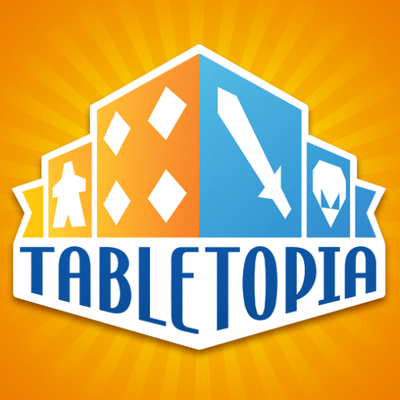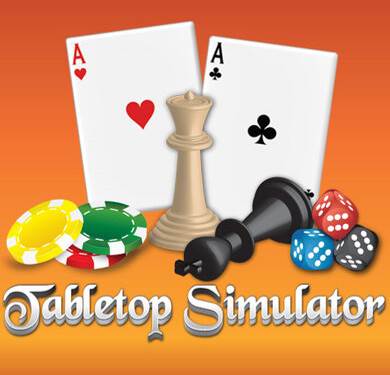Guild Update
COVID and Guild Playtest Meetings
Currently we are allowing playtest facilitators for each location to determine if meetings will be held, as long as they fall within state guidelines. Updates on the status of these meetings will be announced via our BGDG of Utah’s Facebook Group.
Discord and the Guild
The BGDG of Utah’s Discord is a great way to get to know those in the guild and discuss all things game design! If you’ve not joined yet, we’d love to have you come and participate with us!
For those who are interested, you can have one of many skill-roles assigned to you on our discord! That way someone looking for an artist, graphic designer, blind playtester or any other skill can be found by typing “@@ artist” or “@@playtester” etc. Contact @Dustin or @Lyle on discord to have a skill-role added to your profile. This is currently a work in progress we hope to have up and running sometime this month (August).
Chandler Copenhaver, with CrowdOX, has also started a Discord called CO-Games & Geeks that focuses on online playtesting. He’s really doing a great job in encouraging the community he’s building to try out games currently in development. Feel free to join up and add your game to the list! In addition to this, Wednesday nights have been set aside as their primary Game Night from 7pm EST to 12pm EST (5pm-10pm MDT). The most frequent platforms for online playtesting has been Tabletopia and Tabletop Simulator.
Updates from the Business Meeting
All updates from Business Meetings can be found in our Google Drive which can be found on Discord under Resources/Guild Files thread.
Upcoming/Current Events
If any recently published games or current Kickstarter campaigns have been overlooked then please contact Dustin Dowdle and he’ll update this post.
Recently Published Games/Expansions
Healthy Heart Hospital: Nurse Expansion designed by Scott Nelson, published by Victory Point Games
Deep Vents designed by T. Alex Davis, published by Red Raven Games
Current Kickstarter Campaigns
Pirate Mutiny -Nathan Cybulski
A Moment of Lightheartedness
Guild member Rick Lorenzon mused:
“Since there no longer seems to be time to spare for my own game design and development, I’m just going to hijack someone else’s game and hope no one notices.“

Thanks for that Rick!
Game Design Highlights by Skye Larsen
Game Design Jargon
When walking into any new hobby, jargon can be a significant barrier to entry. With board game design, you might even run into two types of jargon—tabletop game slang and design terminology. So if you find yourself puzzled by some game design terms or just want to know more about where these terms came from, then read on.
Grok
This word is probably the most incomprehensible and alien on the list, and there’s a good reason for that: it’s Martian. The word was a Martian term from sci-fi author Robert Heinlein’s Stranger in a Strange Land.
In the novel, grok loosely means “to understand,” but implies a deeper form of understanding. Ralph Koster, in his book A Theory of Fun for Game Design, used the sci-fi word to indicate the player’s level of understanding after a game is played over and over until it becomes second nature to them.
I’ve essentially seen grok used two ways in game design, and both deal with different interpretations of “intuitive understanding.” The first interpretation is that a player groks a game because they now understand it well enough they don’t need to think about the rules anymore. That player’s actions and decisions are at that point intuitive.
The second interpretation is that something grokkable is understandable at a fundamental, intuitive level. So even if the rules look complex, the actual mechanic or action is easy to understand. This usually means that the mechanic or rule has a close tie-in with something intuitive to humankind. Mark Rosewater of Magic the Gathering fame explains this concept of grokking well as he discusses Magic’s suspend mechanic in “Between a Grok and a Hard Place.”
Magic Circle
Speaking of Magic, another popular game design term is the idea of the “magic circle.” This term sounds quite mystical, but refers to the rules and attitudes that players adopt as they start a game. The idea is that the game world is bound by those rules and attitudes, separating itself from the outside world.
The concept first showed up in the 1938 book Homo Ludens by historian Johan Huizinga. But it was brought back into game design discussion by the book Rules of Play, by Eric Zimmerman and Katie Salen. Since then, many designers and game scholars have argued about the existence of a magic circle.
Zimmerman responds to some of those arguments and clarifies his concept of the magic circle in an detailed and nuanced Gamasutra article titled “Jerked Around by the Magic Circle.” There was a recent discussion about this on the Who What Why game design podcast (a great discussion, though some audio issues marred the episode for me a bit).
AP (Analysis Paralysis)
Analysis paralysis, often abbreviated to AP, has been the bane of my young board game career, and it’s a problem I’m still trying to figure out.
As the name implies, analysis paralysis is about the tendency of players to freeze as they try and figure out their move in a game. And it isn’t always a complex decision either; sometimes the cost-benefit analysis of a simple binary (A or B) choice can paralyze players too.
While this can be viewed as a player-level problem, it’s something many game designers try to fix at the mechanical level where possible. Why? Because it creates added game length and significant downtime for all players in the game, which isn’t particularly fun.
I think this medium article by Oscar Smith does a good job explaining what analysis paralysis is as well as what it isn’t. While AP will probably always be on designers’ minds, it doesn’t always have clear causes or simple solutions.
Sell Sheet
The concept of a sell sheet is not limited to only board games, but it isn’t something I heard about until I had already started designing my own games. When publishers and other designers mentioned sell sheets I quickly (and sheepishly) looked the term up.
A sell sheet is a one-page document made to inform and attract attention for your product—in the case of game design that product is your game! Importantly, the audience isn’t gamers, but the publishers themselves. You’re selling to the publishers, who will eventually sell to gamers.
Every publisher wants things a little different, but the consensus seems to point toward: as little text as possible, describing what makes the game stand out, and attractively organized info. If you feel at a loss (like I did) when sitting down to make your first sell sheet, don’t worry. There are actually a surprising amount of examples out there if you do some googling around. Here’s a nice little article with many examples to look through—although some are better than others.
Fiddly
I suppose the term fiddly is somewhat self-explanatory, but the ways it’s used in game design are more specific than simply “awkward” or “something you can fiddle with.”
Sometimes, fiddly refers to the mechanic nuances of the game, suggesting that the mechanics are overly complex or awkward to parse. More often, fiddly is a descriptor for the components and physical upkeep of the game. If you spend a lot of time in the game moving counters and cardboard from one corner to another, then the game is fiddly.
While the term generally has a negative connotation, many beloved games are also considered fiddly. Perhaps this is because some people simply like having lots of components to interact with, or perhaps it’s because the pay-off for all that component manipulation is still worth it. Here’s an interesting Reddit thread I found about player’s thoughts on fiddly games.
Interview with Paige and Aaron Treglown
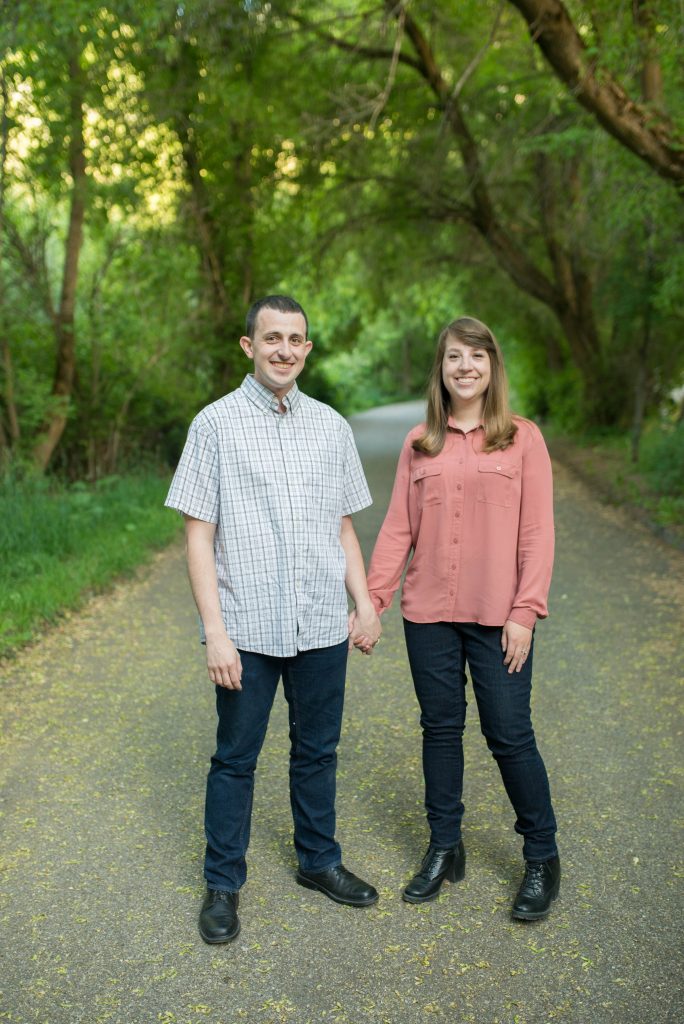
Personal Questions
What’s your backstory? Tell us about the two of you and how you got into game design.
I’ve loved all types of games since I was a kid, both video games and board games. My Dad supplied us with game systems and the latest board games to try, like Catan, Puerto Rico, and Citadels. I had an interest in making my own games from a young age. I messed around with Gamemaker and created my own paper prototypes. My games weren’t great from a design standpoint, but you have to start somewhere! I have a degree in art and animation from BYU Provo. I recently quit my job at Wild Works, a video game company, to focus on being a Mom and starting my own business, Thunder Finch Games.
My husband, Aaron, is a mechanical engineer that loves all kinds of design. He’s been an inventor since he was young. In elementary school he used a hoppy taw to create a new sport called Roller. Aaron can gamify almost any activity. His introduction to Euro-games as a teenager compelled him down the path of tabletop game design.

Can you walk us through your design process? Do you start with specific themes in mind or want to utilize certain mechanisms?
I like to start with a theme. I really like character design and building the worlds they live in. Since I’m an artist I enjoy the visual part of game design. Mechanics come second for me. Luckily, Aaron enjoys focusing on mechanisms. We are a good match. I’ll usually start simple and layer more things after each playtest. Whatever feels the most unique and interesting is what I focus on expanding for the next revision.
How did you come to be involved with the guild?
Aaron originally heard about the guild in the Newspaper in 2009. After we were married in 2015 he introduced me to the guild and we have attended it together several times. He enjoys facilitating monthly playtest meetings at Game Grid in Layton.
If you could pick 3 games (together or separately) that every designer should have to play, as a sort of game design curriculum, what would you choose?
Scythe – For its tight mechanics. Every decision feels deep and important. Clank! – A good marriage of mechanisms. A fantastic deck builder with nail-biting push your luck. The 7th Continent – Even though I’ve only played a demo, I think everyone should play it for it’s unique story-based approach.
Game Related Questions
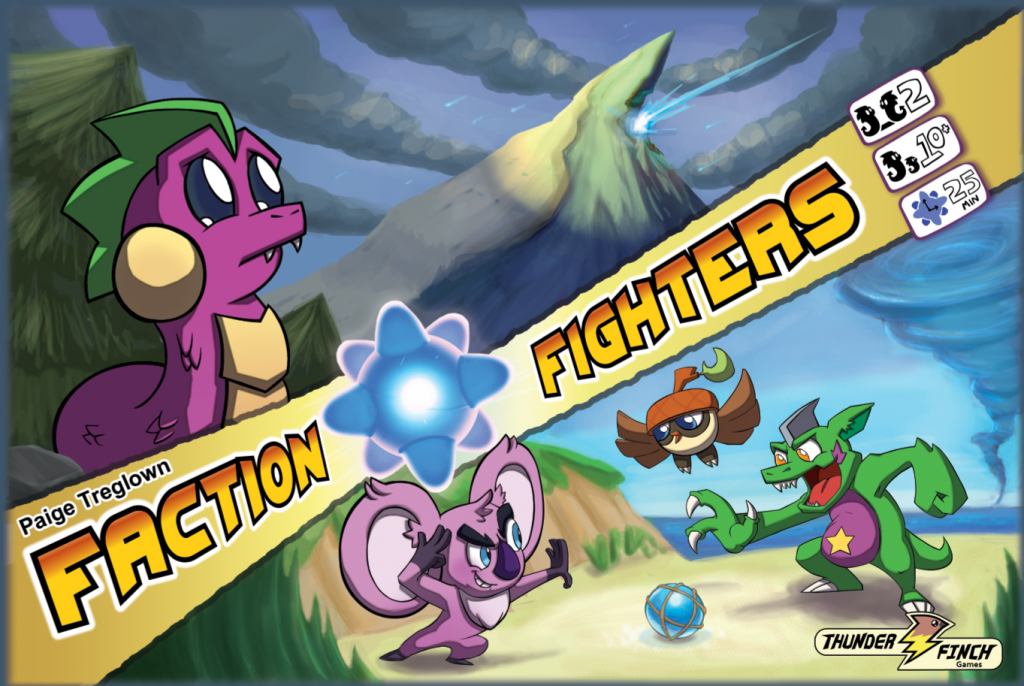
You have been working on a game called Faction Fighters. Could you tell us more about that game?
Sure! Faction Fighters is a simultaneous 2-player card battling game. A storm of Power Orbs mysteriously rains on the world. Unleash abilities to claim valuable treasures and powerful orbs as you battle your way to becoming the area champion.
A game of Faction Fighters takes place at one of four unique area deck locations: Starfall Fields, Gem Hollow, Doomsday Bay, or Shard Peak. Compete each round for an event card by having the highest total strength of fighters. Simultaneously play a fighter to scout the field, then either choose to bolster with additional cards or hold back for future rounds. Plan your moves wisely, only one faction can join the fight each round. Obtain the most Victory Points by the end of the area deck to win.
I’m the primary designer and artist. My husband helped codesign and balance the gameplay. I initially created Faction Fighters as a birthday present for my sister. She created her own version of pokemon cards as a kid and I thought they were so cool. After getting married I had the idea to turn it into an actual game. It started out as War with a hand, but evolved into something uniquely fun. Faction Fighters has become our favorite game in the genre, giving us the motivation to publish it.
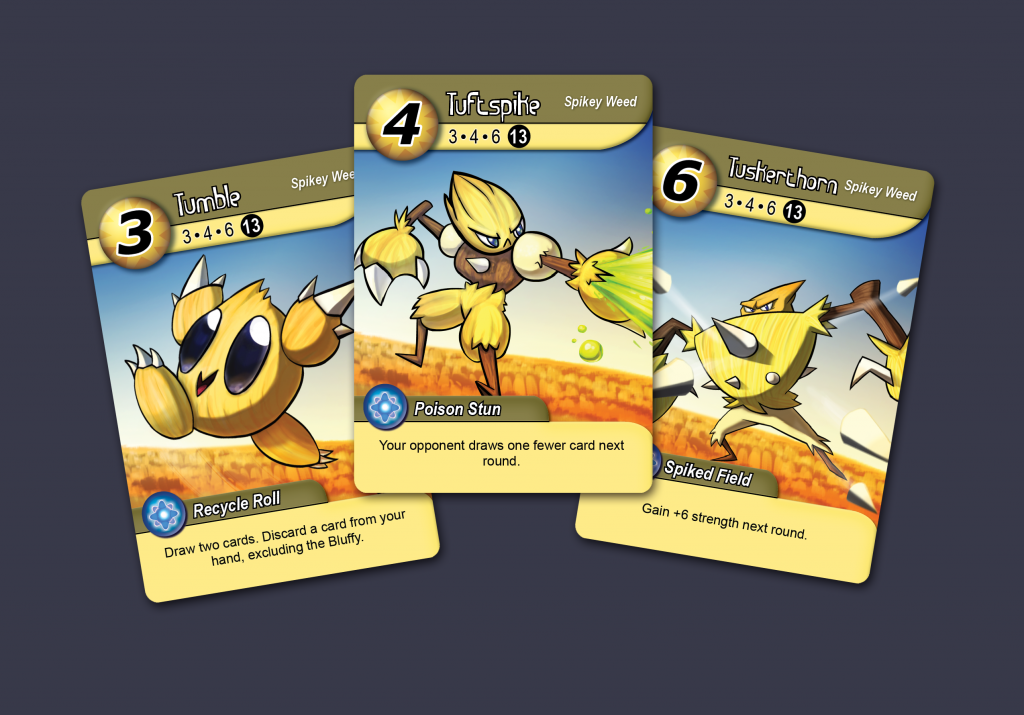
What design challenges did you have to face when designing Faction Fighters?
The initial design had problems with a runaway leader. The original rules had players draw back up to 5 cards at the end of each round. With this rule, whomever played more cards would end up with more options the next round with the other player being left high and dry. We changed this rule to instead drawing 2 cards at the end of each round. It was surprising how much this rule instantly gave the decisions in the game more meaning. We also included a rule that the loser each round must destroy their lowest strength fighter, removing it from the game. This worked thematically, and you’d think this would hurt the loser, but it actually culls the weaker fighters from their deck and acts as a subtle counterbalance to help them win later rounds.
Faction Fighters is an asymmetric game. Can you talk more about the design process of developing a game that’s asymmetric?
It helps that while in Faction Fighters player’s decks are asymmetric, the objectives and rules of play for both players are the same. In the first prototypes both players started with symmetric decks, this helped us focus on gameplay without worrying about balance. After establishing the basic rules, we were able to focus on creating unique teams of fighter cards. A player deck is made up of 5 different Factions and players are able to customize their decks by swapping them in and out. Since players are allowed to customize their deck, it was essential that we balance the Factions. We gave each Faction its own strategic flare and power combos, thus making player decks feel very different. A spreadsheet helped us track the value of each faction based on their strength, abilities, and potential, but ultimately it was loads of playtesting that created the tightly balanced experience we have today.
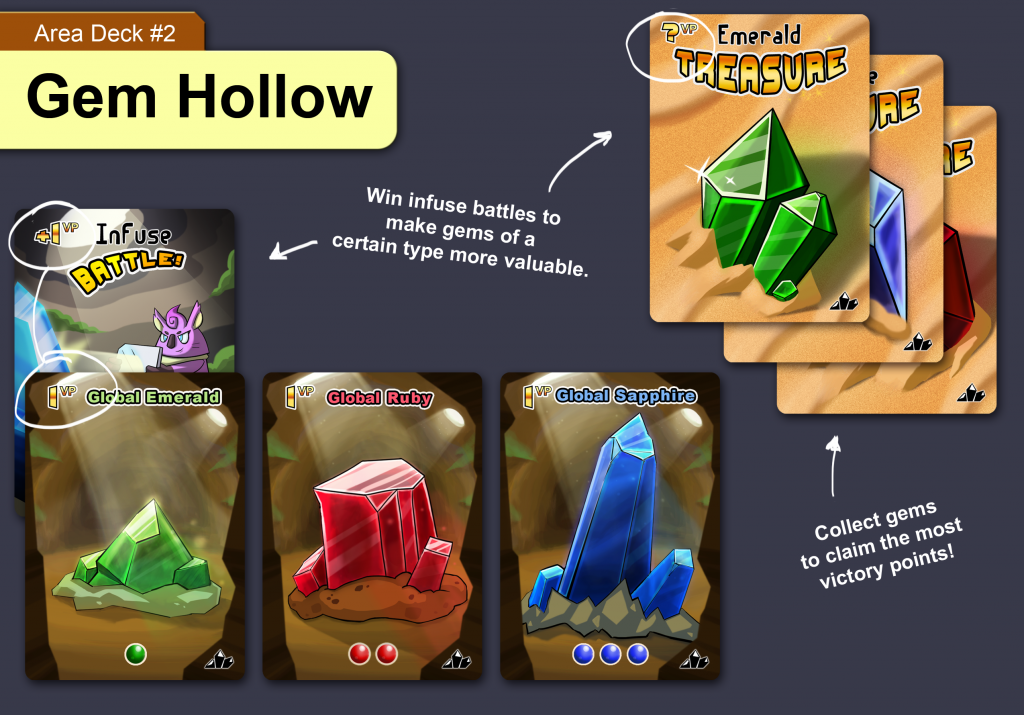
I believe Faction Fighters will be launching on Kickstarter this Fall, is that right? What has the process been like as you’ve prepared for this Kickstarter? Also, what’s left to do as you prepare for launch day?
Yep, we are launching in Fall. It has been crazy. There is a ton of unique art in the game, including a comic book. While the game has been completed for a long time now, the art is only 50% complete. I squeeze in time to draw and paint whenever I can. Aaron has put some of his design work on hold as we have learned how to start a successful publishing business. There’s a lot to do including: licensing, taxes, manufacturing, fulfillment, reviewers, and more. We are just finishing the art, most everything else is lined up and ready to go. We are excited to have Faction Fighters be the first title for our company, Thunder Finch Games!
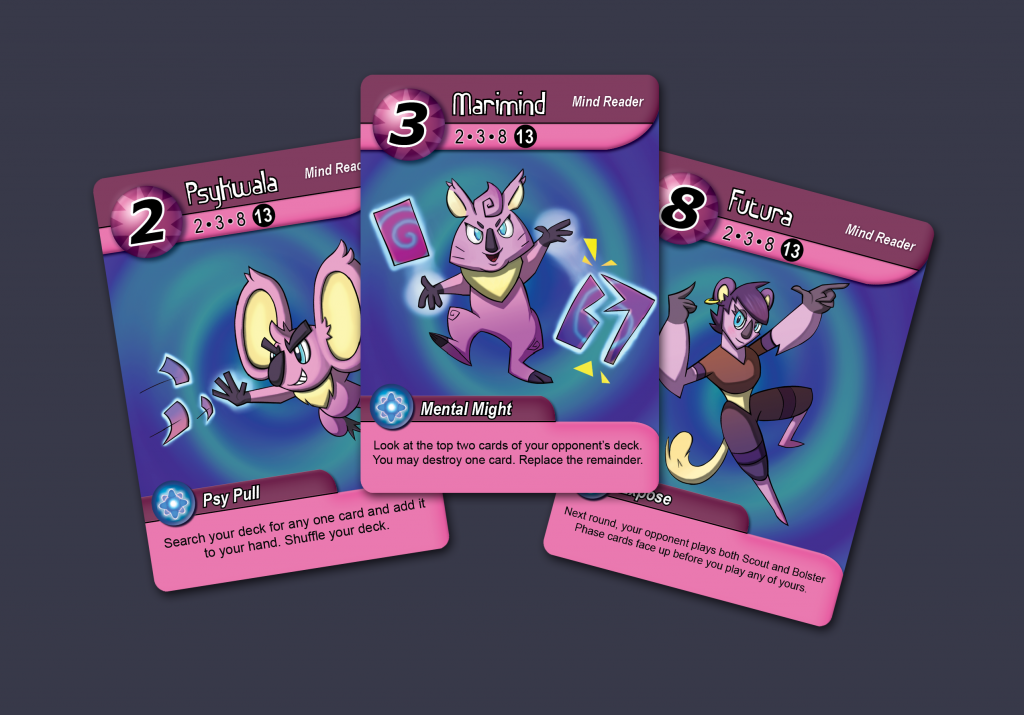
What is it like working as a co-design team on this project?
It’s great! We bounce ideas off of each other and it prevents designer’s block. We often play published games together too, making it easier for us to be honest about the potential for fun in a prototype. Only the best ideas survive.
Final Wrap up Questions
How would you suppose the guild could improve to better assist in the game development process?
I would love it if they hosted Protocon annually. Unfortunately, I was unable to attend last year, but I hope to attend in the future. I also think re-implementing a welcome packet for new members would be nice.
If people wanted to contact you or follow your game designs how should they go about that?
Follow my artist instagram @paigeanimated, email us at thunderfinchgames@gmail.com, or sign up for our newsletter on thunderfinchgames.com. Thanks for your time!

